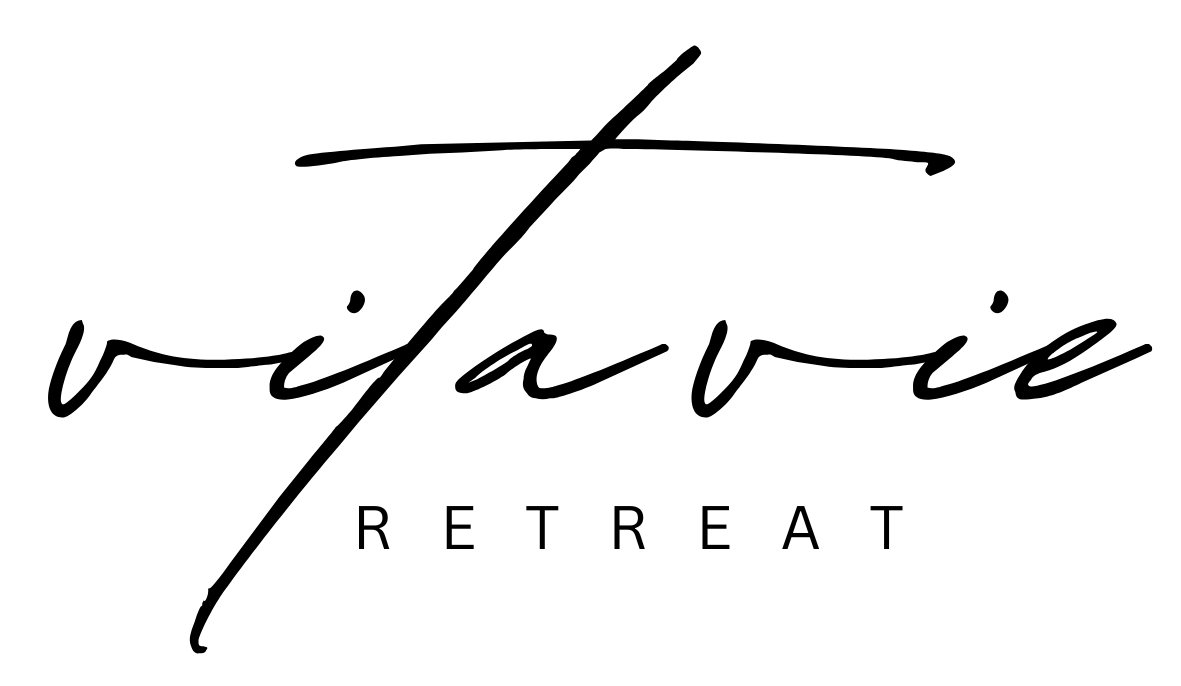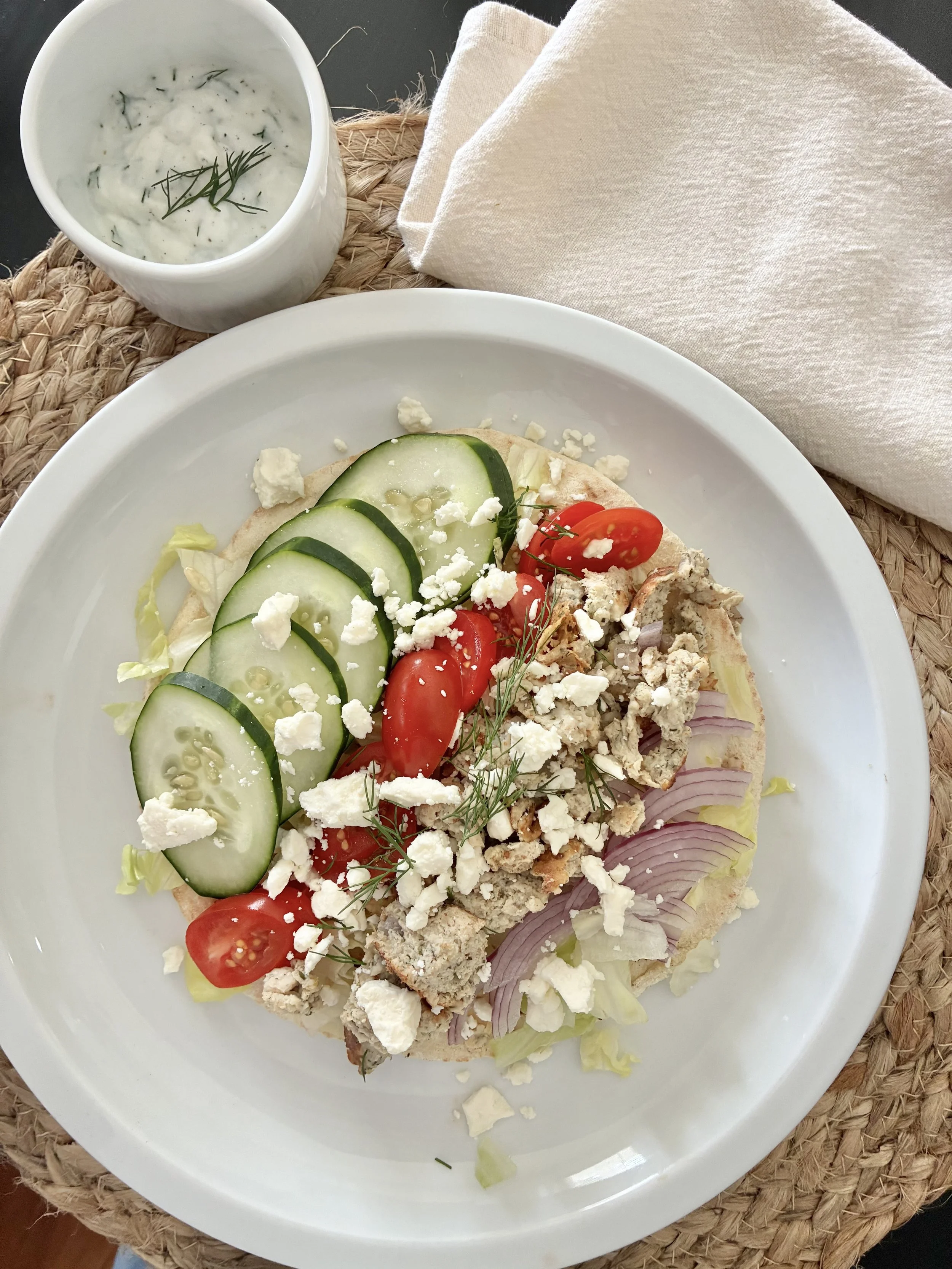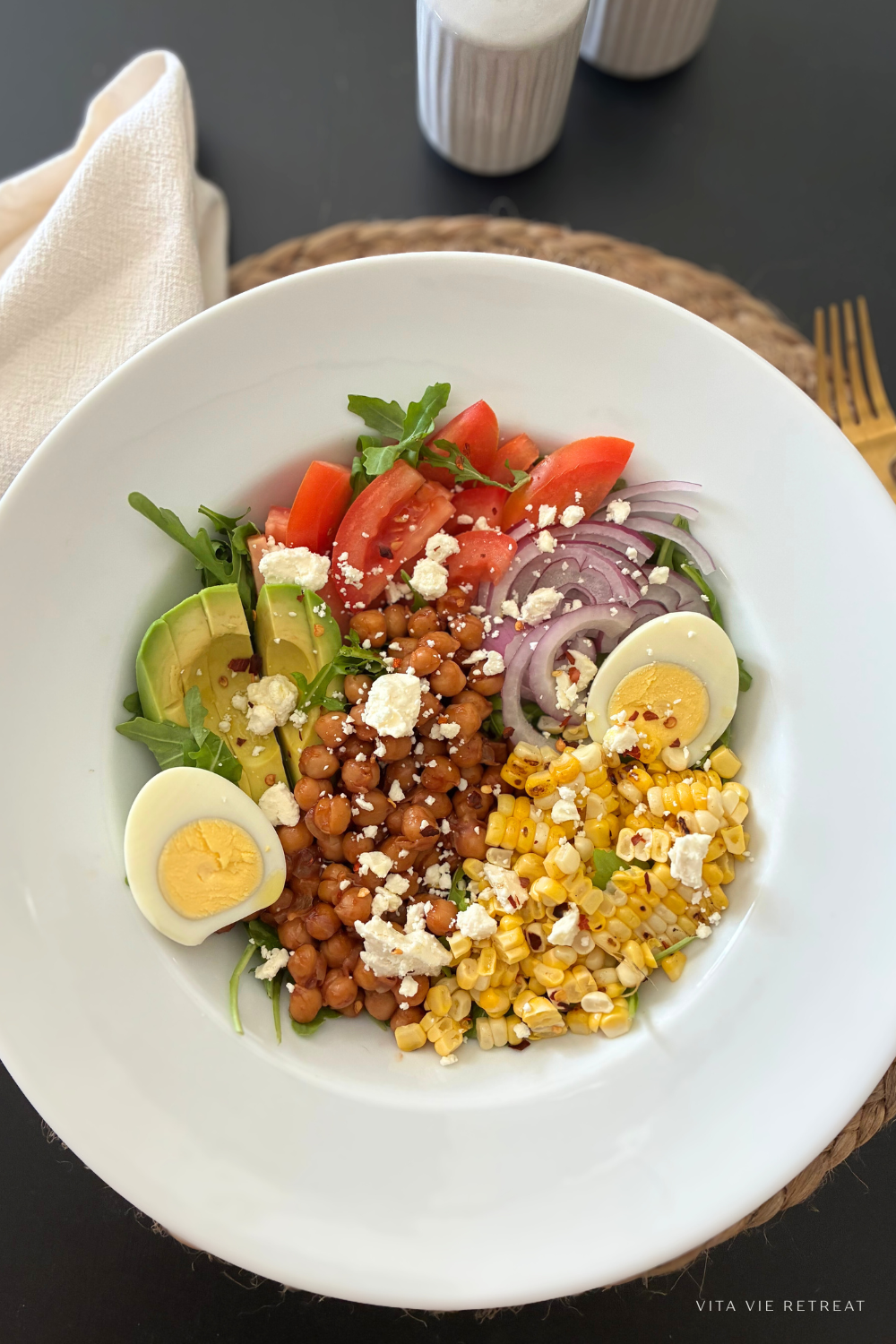5 Strategies To Curb Your Junk Food Cravings
/Author: Margot Rutigliano, CPT, CHC, Pn2 | Founder Vita Vie Retreat
Cravings — we’ve all had them. Whether it’s the irresistible pull of chips at 3 p.m. or a late-night dessert habit, food cravings are one of the most common challenges for people trying to eat well. At our wellness retreats and fitness programs, one of the top questions we hear is: “How do I stop giving in to cravings?”
The truth is, cravings aren’t about willpower alone. They’re complex, driven by everything from your environment to your emotions to your nutrition habits. The good news? When you understand what’s behind your cravings, you can take smart, sustainable steps to manage them without feeling deprived.
Let’s dive into a few powerful tools that can help you better understand your cravings — and curb them in a way that works long-term.
Step 1: DETERMINE THE CAUSE / TRIGGER
Cravings rarely come out of nowhere. Most of the time, they’re sparked by a trigger — a feeling, a place, a routine, or even a person. Identifying your personal triggers is the first step toward creating better habits.
Ask yourself:
What are you craving? Is it a specific food, flavor, or texture?
Where are you? Did you just pass a bakery or see an ad for fast food?
What are you doing? Are you bored? Multitasking? Watching TV?
How do you feel emotionally? Are you stressed, overwhelmed, sad, or frustrated?
How do you feel physically? Are you actually hungry? Low energy? Lightheaded?
What’s your mindset? Have you already “blown it” today and feel like it doesn’t matter?
Who are you with? Are you around people who influence what or how you eat?
Pro Tip: Keep a note in your phone or journal to track your cravings and what seems to spark them. With a little awareness, patterns emerge — and patterns can be changed.
Step 2: CHANGE YOUR BEHAVIOR
Change the habit. Not just the food.
Cravings often stem from routines. You might have formed habits that no longer serve your goals — like snacking the moment you get home from work or reaching for dessert every night. Over time, these become rituals.
Ask yourself:
Do I automatically head to the pantry after dinner?
Do I rely on a sugary afternoon snack or latte for energy?
Do I associate certain activities (TV, work breaks) with mindless eating?
Pro Tip: Shift the behavior. Instead of heading to the fridge, pour a glass of sparkling water. Swap the sugar-laden coffee for black coffee or tea with a touch of honey. Go for a quick walk instead of diving into snacks. Often, it’s the ritual — not the food — that you’re attached to.
Step 3: INDULGE YOUR CRAVINGS (WITH LIMITATIONS)
Allow room for enjoyment (yes, really!)
Deprivation doesn’t work — it usually backfires. When we tell ourselves we can’t have something, it becomes even more desirable. That’s why it’s helpful to build in some intentional indulgences.
Try the 90/10 Rule: Eat nutrient-dense, balanced meals 90% of the time. The remaining 10%? Enjoy the foods you love, without guilt. If you eat 21 meals per week, that’s two meals where you can relax your guidelines and enjoy a treat. The key is moderation — not perfection.
Step 4: TAKE A TIMEOUT
Delaying can be a really helpful tactic.
When a craving strikes, take a pause. Just like a toddler needs a timeout to reset, you do too.
Ask yourself:
Am I truly hungry or just bored?
Could I be thirsty?
Am I craving something emotional rather than physical?
What would a healthier substitute look like?
Did I miss a meal earlier and am now feeling famished?
Pro Tip: Give yourself 10 minutes before reaching for that treat. Sip water, walk around, or check in with your body. Often, the craving fades — or you find a better way to satisfy what you really need.
Step 5: EAT THE RIGHT FOODS DURING THE DAY
Cravings are often your body’s way of asking for something it’s missing. Restrictive eating or imbalanced meals can lead to intense cravings later on. A thought to think on: restriction does not equal health. There’s no way you can get what you need when you’re restricting your intake heavily. Creating balance is a key component of reducing cravings and also of sustained, long-term results.
Common culprits:
Not enough protein, which helps manage hunger and energy.
Too few healthy fats, which support satisfaction, fullness and hormone balance.
Too many refined carbs or sugars, which spike and crash your blood sugar - leading to increased hunger or cravings.
Lack of fiber or hydration, which help regulate appetite.
Eating too little overall, causing a lack of nutrients in general, missing nutrient diversity, and the possibility of sending your body into “survival mode” due to a lack of total calories.
Pro Tip: Build meals with a balance of protein, fiber-rich carbs, healthy fats, and plenty of vegetables. You’ll feel more satisfied and reduce the urge to snack on junk food.
Step 6: BONUS Strategy - YOU CAN EAT IT IF YOU MAKE IT
Want chips? Make them from scratch. Craving cookies? Bake them yourself with whole ingredients. The point is: if you’re willing to put in the effort, you can enjoy the food — but you’ll likely eat less and choose better quality options.
Why This Works:
It slows you down and makes you more mindful.
You’re more aware of ingredients and portion sizes.
It creates a natural “pause,” giving you time to assess whether you really want it.
Cravings are normal — but they don’t have to control you.
With awareness, a few smart strategies, and consistent habits, you can reduce your cravings, improve your nutrition, and feel more empowered around food.
If your cravings feel overwhelming or constant, it may be time to dig deeper with a professional — or simply rework your day-to-day eating to better support your body’s needs.
Remember: You're not "bad" for craving certain foods. You're human. But with the right tools, you can be a human who makes choices aligned with their goals.
SAY HELLO TO YOUR PARTNER IN REDUCING CRAVINGS: THE HIGH PROTEIN BLUEPRINT
Protein is the most satiating macronutrient. It helps manage blood sugar, hunger, energy levels and more. Reset your body with the high protein blueprint!






















